
12 Best Lunch Spots In Napa
Best Lunch In Napa – Our 12 Favorite Spots! Lunch is a must when you’re out wine tasting! Whether you’re in the mood for a
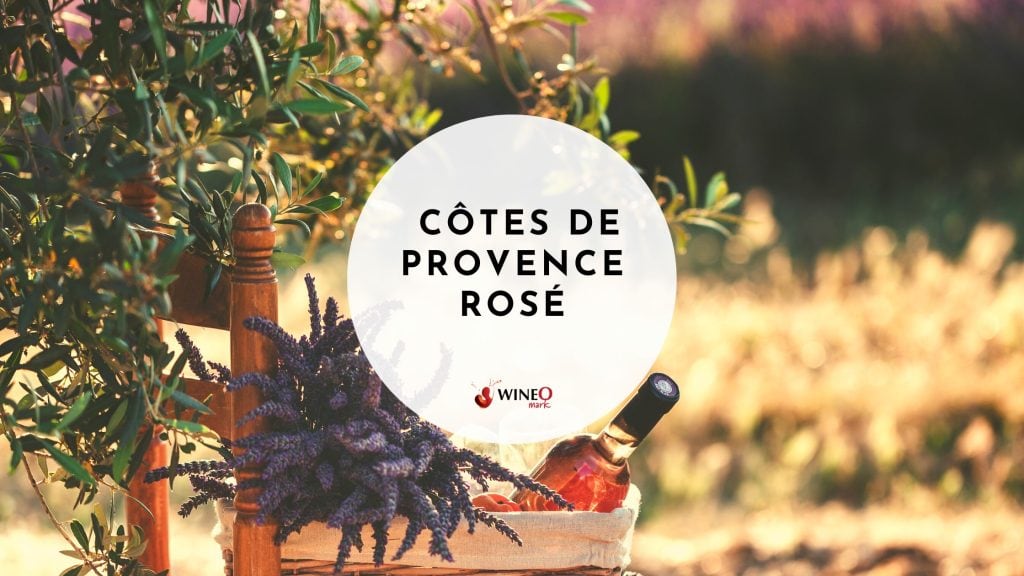
As the sweltering summer sun makes its entrance, there’s no better companion than a chilled glass of Rosé from the Côtes de Provence. This wine region, nestled in the heart of the French Riviera, is known worldwide for its splendid Rosé wines that offer an aromatic bouquet of delightful flavors to the palate.
Côtes de Provence Rosé’s popularity has surged in recent years, and it’s easy to understand why. These wines are celebrated for their fresh, crisp flavors, typically presenting a delicate balance of fruitiness and acidity, making them particularly popular in warmer months. It’s not only a splendid wine for picnics, barbecues, or beach trips but also an excellent choice for fine dining experiences.
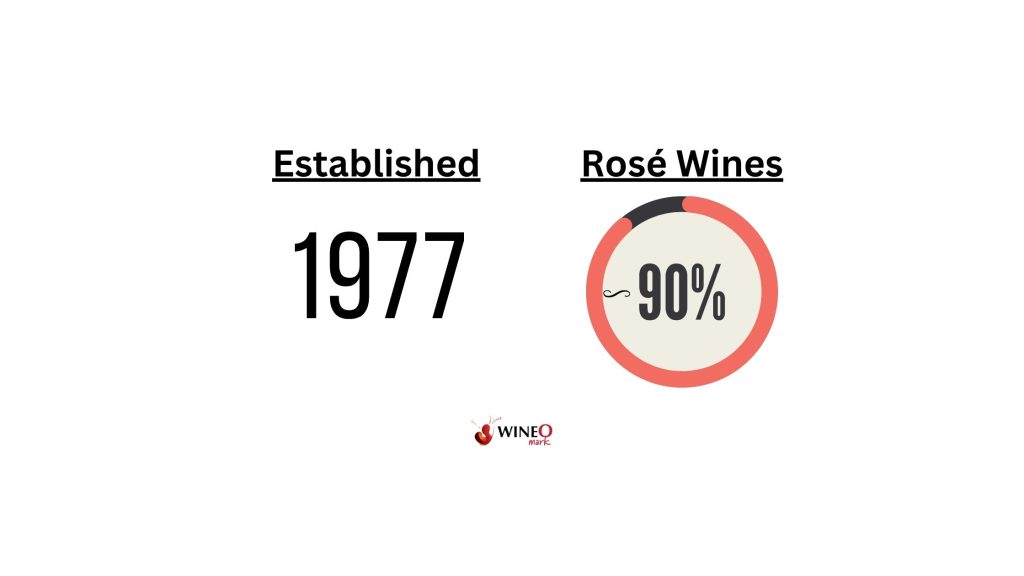
The wine-making history of Provence stretches back over 2600 years, making it one of the oldest wine-producing regions in France, and arguably, in the world. The Phoenicians, Greek settlers who colonized the region in 600 BC, initiated viticulture in this region. However, it was the arrival of the Romans in the 2nd century BC that led to a significant expansion of winemaking in Provence.
The region has always been known for its Rosé, but the creation of the Côtes de Provence appellation in 1977 really established its reputation on the global stage. This AOC (Appellation d’Origine Contrôlée) now encompasses more than 20,000 hectares and produces over 123 million bottles of wine per year, of which around 90% is Rosé.
Direct pressing is the most common method used. After harvest, the grapes are de-stemmed and crushed, and then pressed to extract the juice. Because the skins are only in contact with the juice for a short time, the result is often a pale, delicate Rosé.
The Saignée (or “bleeding”) method is also used, though less frequently. In this method, the juice is ‘bled off’ from a vat of red wine after it has had some contact with the skins, generally between two and twenty hours. This method produces a deeper, more robust Rosé.
Côtes de Provence Rosé is a blended wine, typically made from several grape varietals that grow in the Provence wine region.
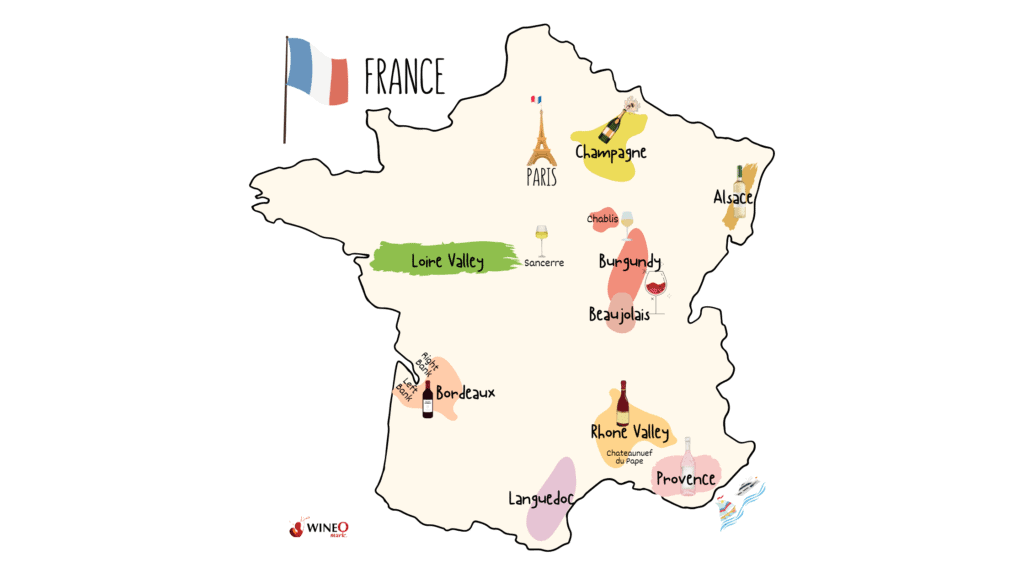
The Côtes de Provence is a wine region located in the southeastern part of France, covering a vast area in the Provence-Alpes-Côte d’Azur region. It stretches from the alpine hills in the north to the Mediterranean coastline in the south. This appellation includes parts of the Var and Alpes-Maritimes departments, and a small part of the Bouches-du-Rhône department.
The region is known for its diverse geography, featuring a mix of coastal areas, hillsides, and plateaus, which contributes to the wide array of microclimates found within the appellation. This variability in climate and geography allows for a diverse range of grape varieties to be cultivated, each expressing unique characteristics of the terroir in the resulting wines.
The largest city within the Côtes de Provence region is Marseille, while other notable cities include Nice, Toulon, and Aix-en-Provence. However, many of the wineries are situated in more rural settings, amongst the beautiful landscapes of Provence, featuring iconic lavender fields, olive groves, and the azure Mediterranean Sea.
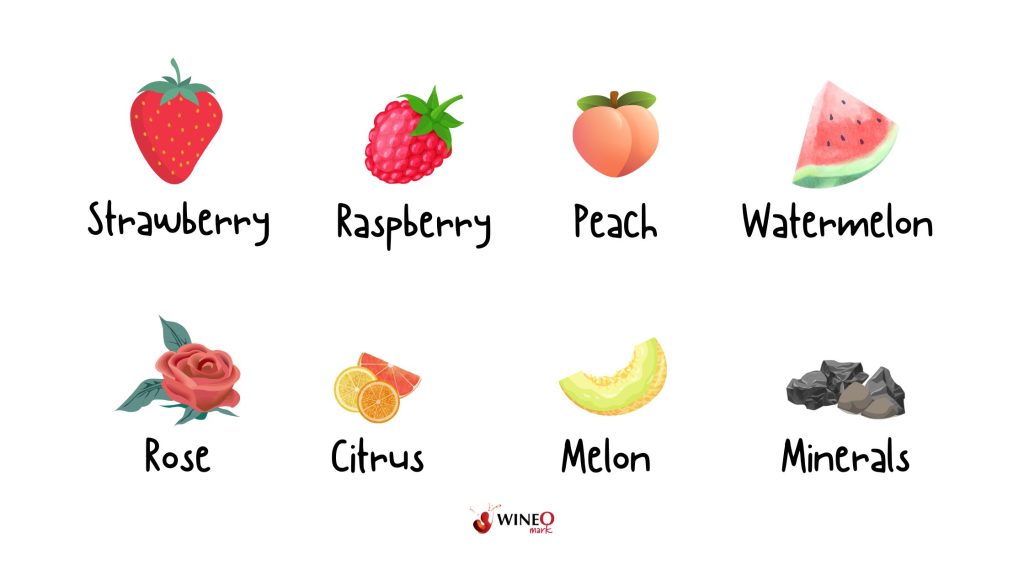
Côtes de Provence Rosé is celebrated for its fresh, crisp taste and delicate flavors. The wine usually exhibits a pale, often slightly salmon-like color, symbolic of Provence Rosé. It offers a harmonious blend of fruitiness and acidity, embodying flavors of strawberry, raspberry, watermelon, peach, citrus, and often a touch of minerality.
On the nose, it presents aromatic notes of fresh red fruits, flowers, and a hint of spices.
It’s a wine that screams summer but can be enjoyed year-round, transporting the drinker to the sunny climes of southern France with each sip.
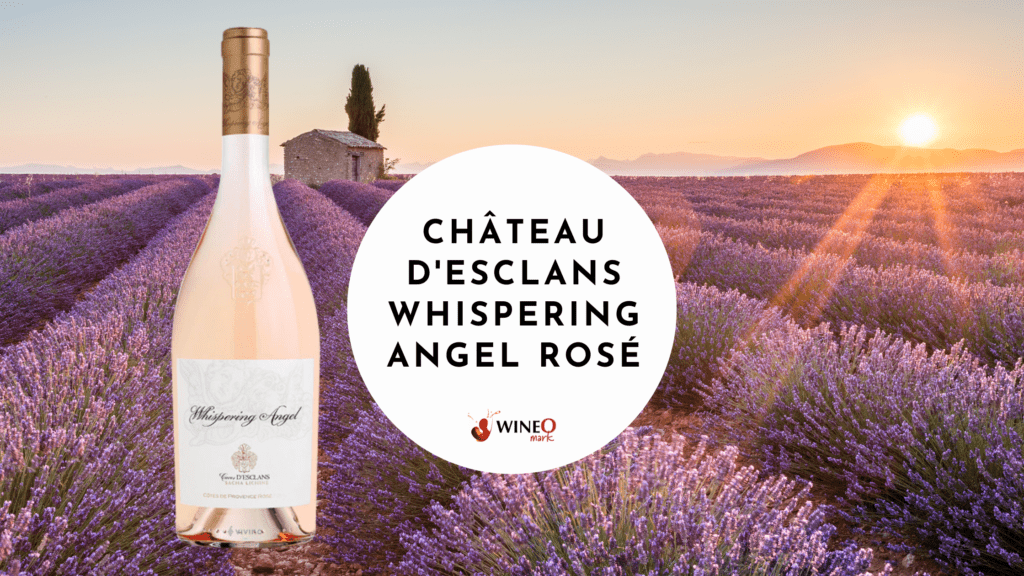
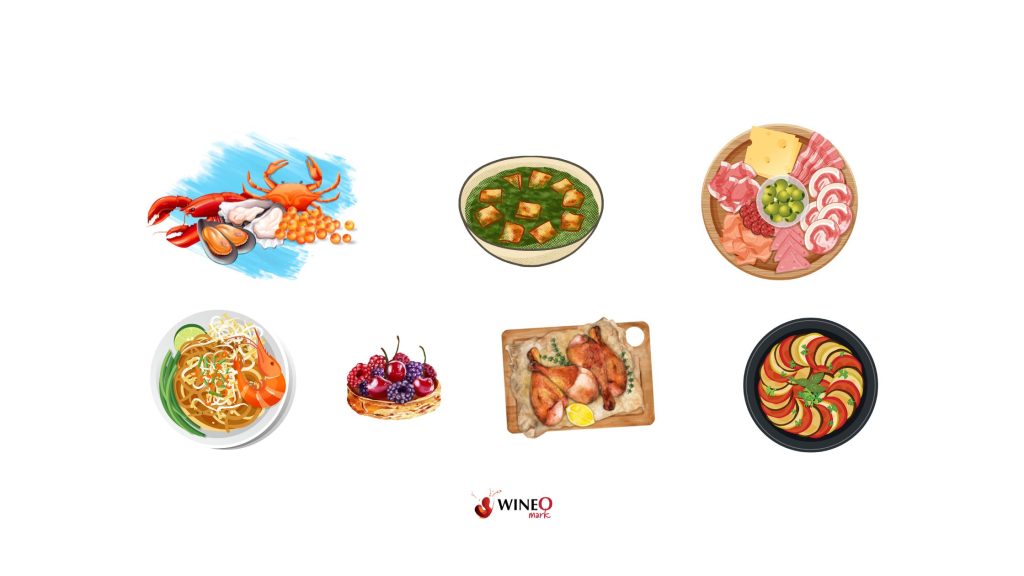

Best Lunch In Napa – Our 12 Favorite Spots! Lunch is a must when you’re out wine tasting! Whether you’re in the mood for a

North Coast Wine Co. Outerbound Pinot Noir – WineO Mark Review Wine Stats Grape Variety: 100% Pinot Noir Vintage: 2019 ABV: 14% Wine Region: North Coast,

Böen Pinot Noir – WineO Mark Review Wine Stats Grape Variety: 100% Pinot Noir Vintage: 2021 ABV: 14.6% Wine Region: California Flavor Profile: Cherry, raspberry, blackberry,

Merry Edwards Sauvignon Blanc – WineO Mark Review Wine Stats Grape Variety: 100% Sauvignon Blanc Vintage: 2022 ABV: 14% Wine Region: Russian River Valley, California

The Hess Collection Allomi Chardonnay – WineO Mark Review Wine Stats Grape Variety: 100% Chardonnay Vintage: 2019 ABV: 14.3% Wine Region: Napa Valley, California Flavor Profile:

Stags’ Leap Chardonnay – WineO Mark Review Wine Stats Grape Variety: 100% Chardonnay Vintage: 2022 ABV: 14.1% Wine Region: Napa Valley, California Flavor Profile: Oak, vanilla,

Godeval Cepas Vellas Godello – WineO Mark Review Wine Stats Grape Variety: 100% Godello Vintage: 2021 ABV: 13% Wine Region: Valdeorras, Spain Flavor Profile: Peach,

Félix Solís Mucho Más Tinto N.V. – WineO Mark Review Wine Stats Grape Variety: Tempranillo, Syrah Vintage: Non-Vintage ABV: 14% Wine Region: Spain Flavor Profile: Vanilla,
